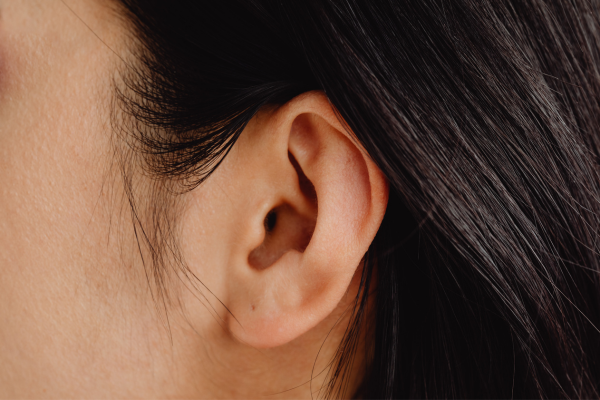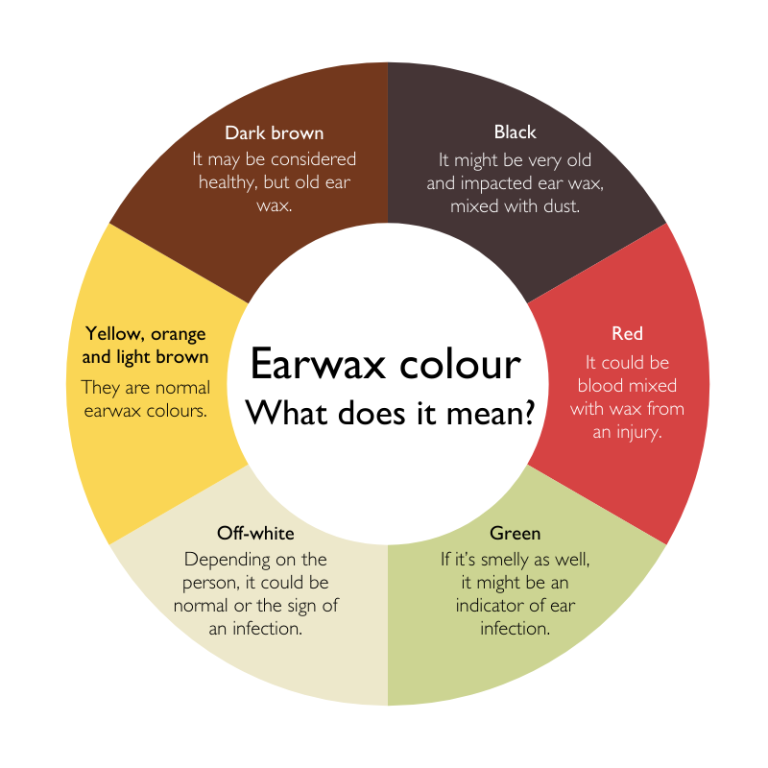Green earwax
Green earwax is unusual and could be cause for concern as it can be an indicator of discharge from an ear infection. The earwax may also have a bad odour to it. If you experience green earwax, especially if it is accompanied by ear pain, make sure you see a doctor to get it treated.
White earwax
White earwax is an example of why it’s important to become familiar with what is normal for you.
Off-white earwax could be within the normal range for you. Some ear drops or sprays can also bleach earwax so it appears paler or whiter. But a sudden appearance of white earwax can sometimes be an indication of an ear infection as well.
Red earwax
Red earwax can be a cause for concern as it usually means there is blood mixed into your wax.
It could stem from an injury to the ear canal such as a scratch. Or, if you notice that it is coupled with a sticky discharge, it could indicate a perforated ear drum. Visit a doctor if you experience a sudden appearance of blood in your earwax.



